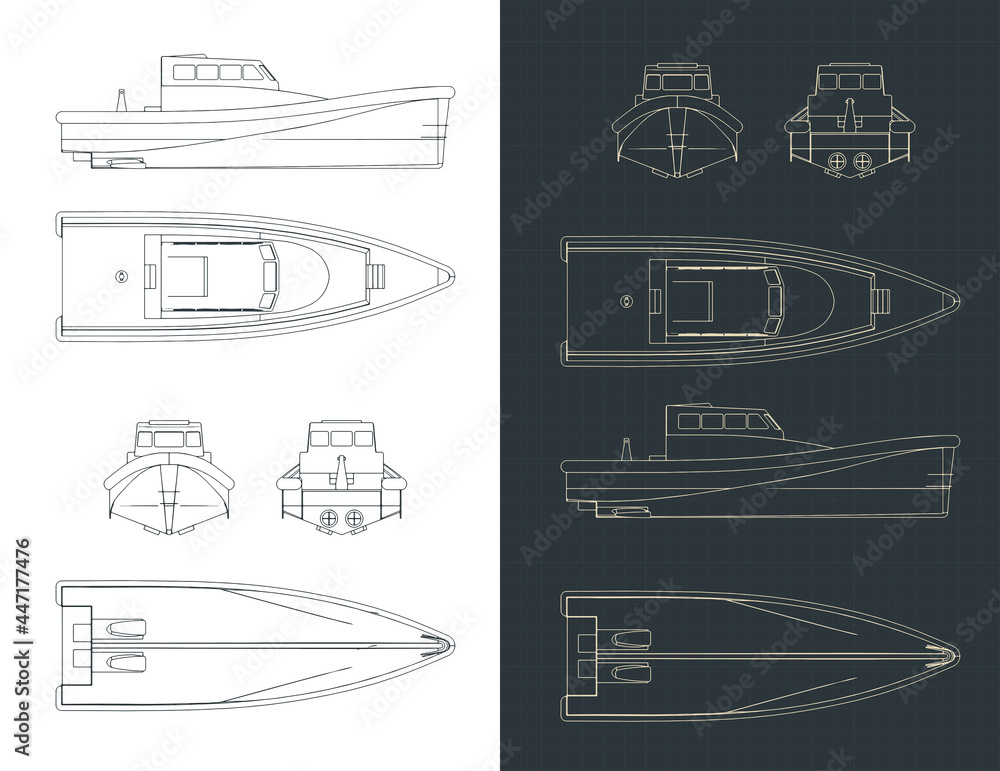How to Find the Best Wooden Boat Blueprints for Your Project

Beyond the Blueprint: Unveiling Hidden Gems in Wooden Boat Design
Building a wooden boat is a journey, a testament to craftsmanship and a connection to maritime history. But before the first plank is cut, the crucial step of selecting the right blueprints often feels overwhelming. This article goes beyond the typical advice, exploring nuanced aspects rarely discussed, offering fresh perspectives for hobbyists, professionals, and educators alike.
Beyond the "Perfect" Blueprint: Matching Design to Skillset
We often search for the "perfect" blueprint, a mythical ideal. But what truly constitutes "perfect" is highly subjective and depends heavily on your experience.
Q: My skills are intermediate. Should I chase a complex design?
A: Absolutely not! Choosing a design beyond your skill level is a recipe for frustration and potentially a ruined project. Instead, focus on a design that stretches your capabilities but doesn't overwhelm you. Consider starting with a smaller, simpler boat like a dinghy or a small skiff, even if it's not your ultimate dream vessel. Mastering the fundamentals on a smaller scale will build the confidence and skills for larger, more ambitious projects later. Look for blueprints with clear, concise instructions and plentiful diagrams.
Q: How can I find blueprints that cater to my specific needs (e.g., shallow-draft for inland waterways)?
A: The key here is to be specific in your search. Don't just search for "wooden boat blueprints." Specify your needs: "shallow draft wooden sailboat blueprints," "coastal rowing boat plans," etc. Online forums dedicated to boatbuilding are also invaluable resources. Experienced builders often share their modified blueprints or point towards less-common designs that might be perfect for your specific application. Remember to factor in local regulations and waterway restrictions.
The Unsung Heroes: Understanding the "Hidden" Costs and Time
Blueprints rarely highlight the less glamorous aspects of boatbuilding.
Q: What are the hidden costs beyond the lumber?
A: Many beginners underestimate the cost of hardware (fasteners, rigging, etc.), finishing materials (paint, varnish), and tools. Factor in at least 20-30% extra in your budget for these unforeseen expenses. Furthermore, consider the cost of potential mistakes â€" extra lumber, repairs, and the time investment for rectifying errors. Careful planning and realistic budgeting are paramount.
Q: How can I realistically estimate the build time?
A: Blueprint estimations are often optimistic. Add a significant buffer â€" 50% or more â€" to the projected build time. Life happens, tools break, and unexpected challenges arise. A realistic timeline mitigates stress and prevents the project from becoming a source of frustration rather than enjoyment. Consider breaking down the build into smaller, manageable phases, celebrating each milestone achieved.
Beyond the Paper: Digital Design and Customization
The digital age has revolutionized boat design. We're moving beyond static blueprints.
Q: Can I modify existing blueprints?
A: With digital design software (like Fusion 360 or Rhino), modifying existing blueprints to better suit your needs becomes feasible. However, this requires significant digital literacy and a solid understanding of boat design principles. Improper modifications can compromise the structural integrity of the vessel. Consult with experienced boat builders if considering significant alterations.
Q: What about 3D-printed components for wooden boat building?
A: 3D printing is emerging as a powerful tool. While you won't print the entire hull, it's ideal for creating custom fittings, complex joinery components, or even custom molds for fiberglass components. This allows for unique design elements and efficient production of complex parts that would be challenging to create traditionally.
Building a wooden boat is a rewarding experience. By understanding the nuances beyond the blueprint â€" matching design to skill, planning for hidden costs, and exploring digital design tools â€" you can ensure your project is both successful and enjoyable. Happy building!
0 comments:
Post a Comment
Note: Only a member of this blog may post a comment.